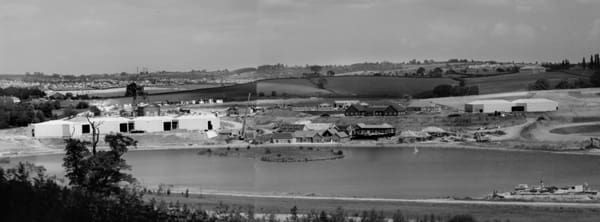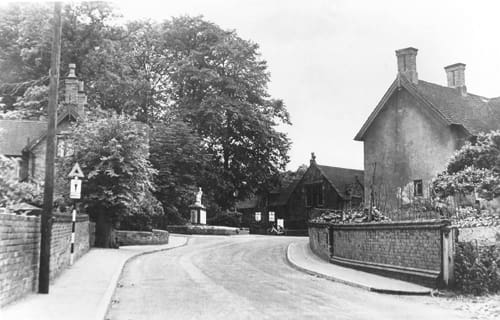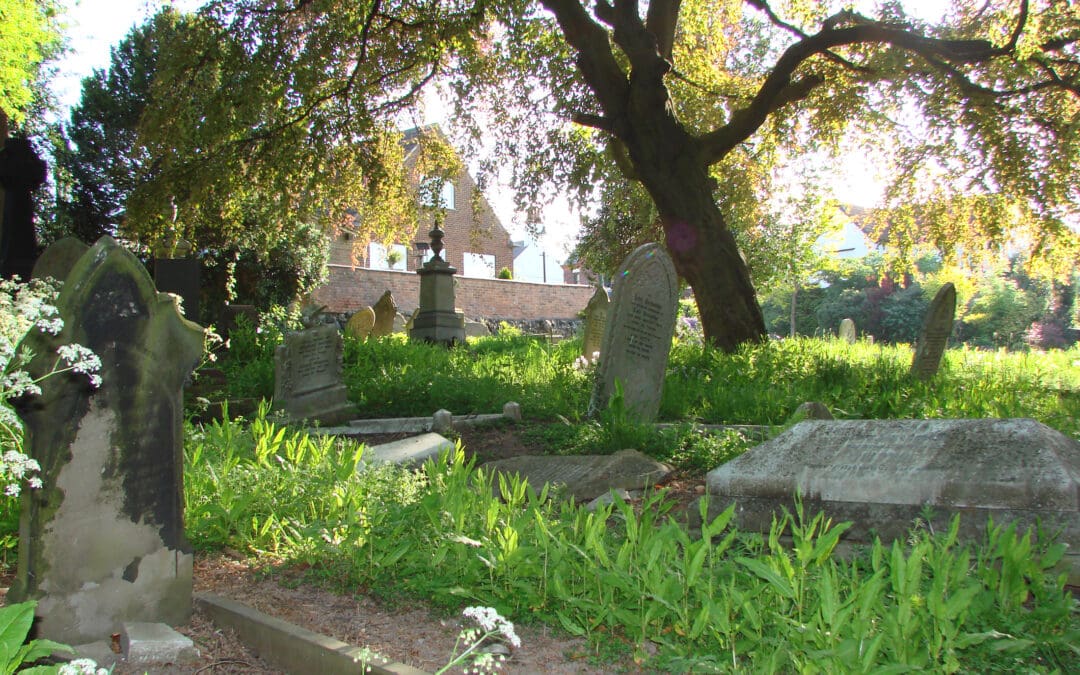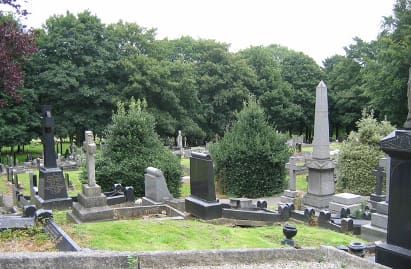An area known for its coal, theme park and now a country park, Shipley has a very varied history.
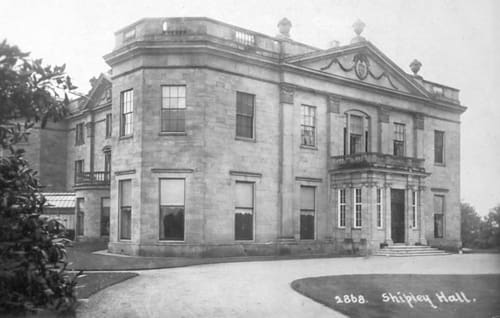
Mentioned in the Domesday Book, the manor at Shipley had several owners over the centuries. Early in the seventeenth century ownership became a little more settled, purchased by the Leche family, who then married into the Miller Mundy family – a name synonymous with Shipley. The legacy of the Miller Mundy family can be seen as you walk around Shipley and Mapperley village with many buildings bearing initials of its builder and the date of its construction. The Shipley estate remained with the Miller Mundy family until the death of Alfred Edward Miller Mundy in 1920 when it was sold to the Shipley Colliery Company.
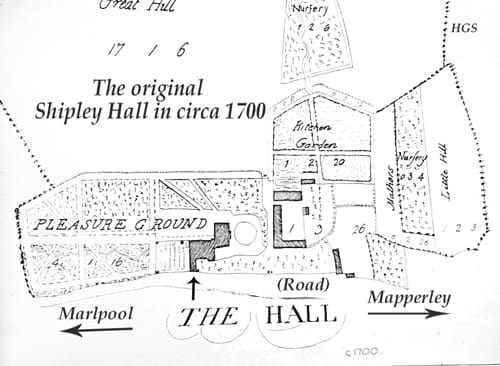
The early Shipley site was covered by forest and was used for hunting. A hall was built some time prior to 1700 and had many alterations and extensions over the centuries. The site was also known to be rich in minerals, charcoal furnaces were in operation at one time and by the mid eighteenth century coal mining was an important activity on the estate.
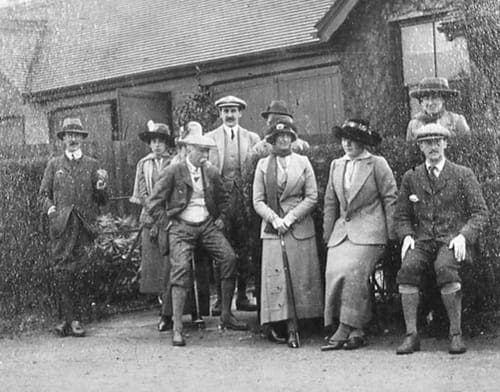
In order to expand their coal business and to get coal to market quicker, the Miller Mundy family built a canal. The Nutbrook Canal, which ran from Shipley to the Erewash canal near Trowell, was opened in 1796. The canal and the railways which came later all helped with the expansion of the pits, providing much employment although not without its risks. According to Trueman in 1880 “More than a thousand persons are now employed at the collieries and the average output is about 300,000 tons annually.”
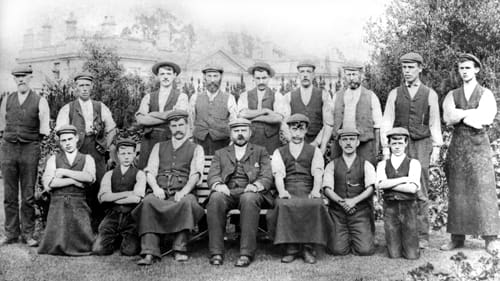
After the nationalisation of the collieries in 1948, the National Coal Board decided that the Hall was too damaged by subsidence and demolished it. The footprint of the Hall is marked out for visitors to see.
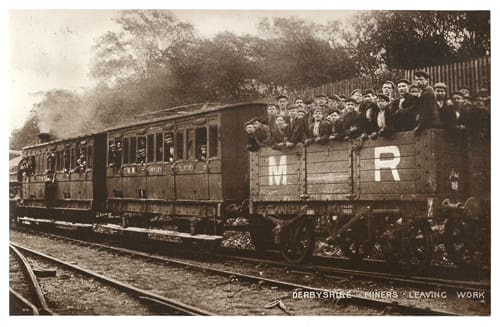
The Woodside and Coppice pits were closed in the 1960s for being uneconomical, and so several hundred years of deep mining ended. In the 1970s coal was mined for a short period by opencast methods. After this the land was restored and Shipley Country Park opened to the public on 26 May 1976.
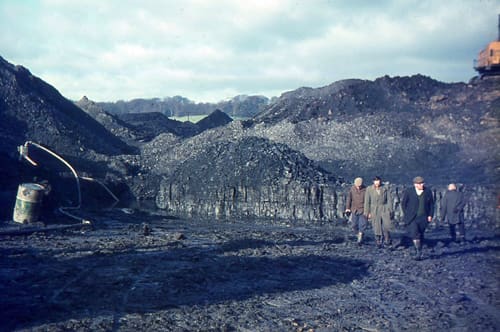
In the 1980s the County Council agreed to part of the park – including the site of Woodside Colliery – to be used as a theme park, originally as Britannia Park and latterly as The American Adventure. This closed in 2007 and has been demolished. At the time of writing, a new housing development is being constructed on its site.
